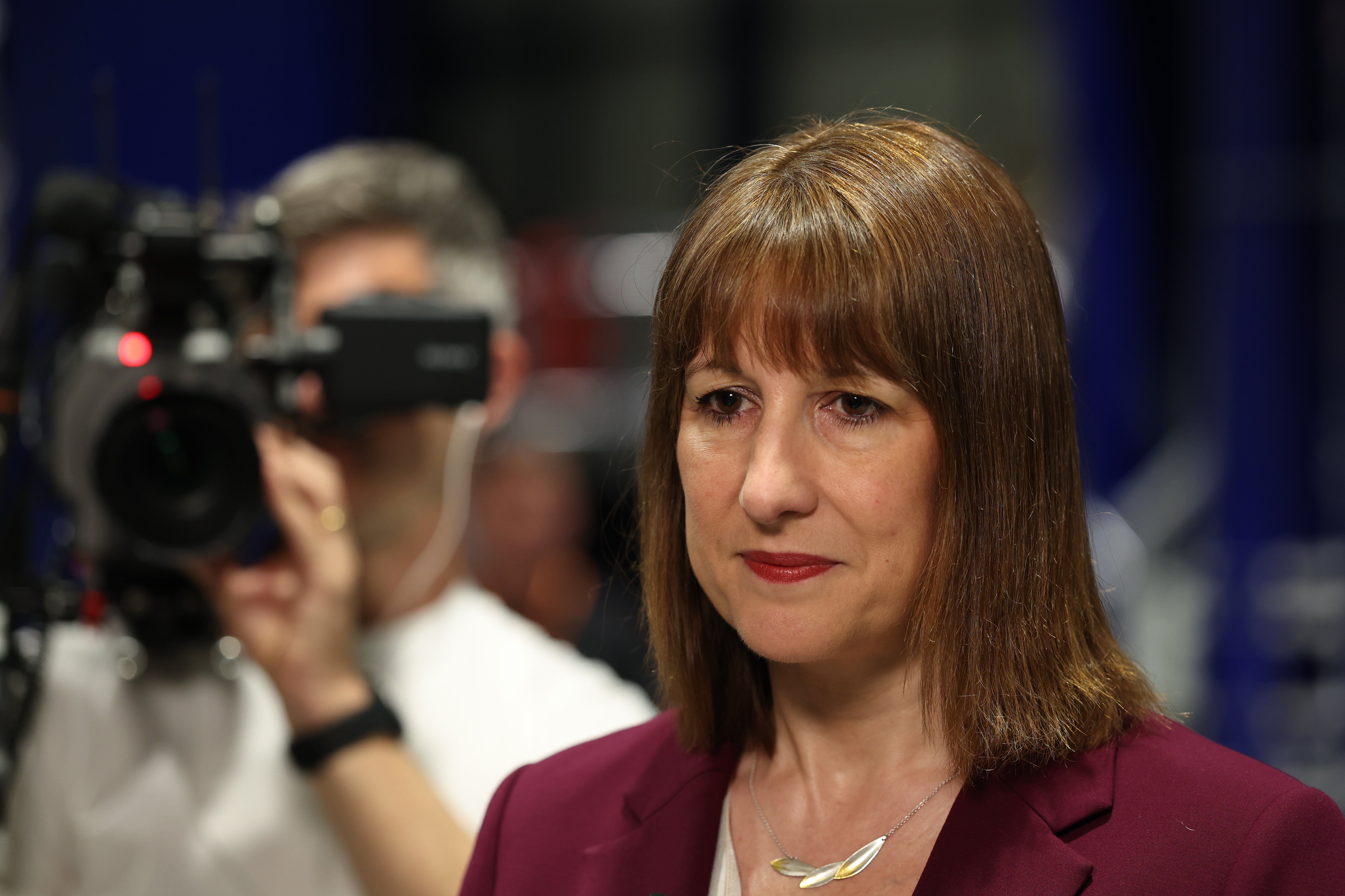Britain's economy expanded more rapidly than anticipated in the first quarter of 2025, marking the strongest growth in a year.
According to the Office for National Statistics (ONS), gross domestic product (GDP) rose by 0.7 per cent between January and March, exceeding economists' forecasts of 0.6 per cent.
This positive start to the year has been welcomed by both economists and the Government.
However, experts caution that the economic landscape has shifted considerably since the first quarter, particularly with the introduction of new US tariffs by Donald Trump in April.
The impact of these tariffs on subsequent economic performance remains to be seen.
Here is a rundown of key terms, why the economy has grown so quickly, and what is likely to happen next.

What is gross domestic product?
Gross domestic product, or GDP, is the term typically used to describe the size of a nation’s economy.
It is the measure of what is going on financially across all companies, governments and households.
What drove growth at the beginning of 2025?
The UK’s services sector was the biggest driver of growth, which picked up by 0.7 per cent over the quarter.
The wide-reaching industry is a dominant part of the UK economy, spanning businesses including hospitality, entertainment and culture, finance and insurance, and real estate and business services.
The ONS said growth in services was “broad based, with wholesale, retail and computer programming all having a strong quarter as did car leasing and advertising”.
Production also “grew significantly” over the quarter, up 1.1 per cent, following a period of decline. This incorporates sectors including manufacturing, mining, and electricity supply.

Do the GDP figures mean the economy is healthy?
Experts have said it is positive that the economy was in good shape at the beginning of the year, and marks a rebound after being more or less flat throughout the second half of 2024.
Chancellor Rachel Reeves said the GDP figures “show the strength and potential of the UK economy”.
“Up against a backdrop of global uncertainty we are making the right choices now in the national interest,” she said.
However, the latest data covers the period before some significant changes to UK and global economic conditions from April – namely tax rises, and Donald Trump introducing new tariffs on US imports.
What effect will tax rises have?
The higher rate of employer national insurance, coupled with increases to the national living wage, have driven up labour costs for many businesses since April.
Experts said this could lead to businesses pulling back spending or cutting staff, or passing on higher costs through price rises.
Nevertheless, economists pointed out that the latest ONS figures showed a burst of business investment over the first quarter – which jumped by 5.9 per cent, following a 1.9 per cent decline at the end of 2024.
This suggests that firms may not have been as worried about the April cost rises as previously thought and indicates economic momentum heading into a more uncertain period.
What about tariffs?
James Smith, an economist for ING, suggested there was evidence of “front-loading” over the first quarter – meaning businesses were ramping up exports in anticipation of trade demand falling sharply.
“Manufacturing was up by 0.8 per cent in the first three months of the year, and we know that transport equipment – the major export to the US – drove the bulk of that growth,” he said.
It suggests that businesses were trying to get ahead before US President Donald Trump introduced a 10 per cent levy on almost all goods entering the US.
Since the president’s “liberation day” tariff announcements in April, things have become more uncertain for businesses that trade with the world’s biggest economy.
The UK has since agreed a trade agreement with the US which will relieve pressure on certain sectors, but experts think the wider uncertainty has been dragging on businesses and households’ willingness to spend money.
Will the economy keep growing?
The Bank of England predicted last week that the UK economy will grow by 1 per cent this year, upgrading its previous 0.75 per cent forecast on the back of a strong start to 2025.
However, it cut its growth forecast to 1.25 per cent for 2026, from 1.5 per cent in its February projections, as a result of the impact of tariffs.
Economists think economic growth will slow in the coming quarters, but that lower interest rates and higher wages could provide a tonic for consumers.
Sanjay Raja, chief UK economist for Deutsche Bank, said: “The jump in GDP will likely be short-lived, however.
“Trade uncertainty will likely hit its peak in the second quarter of 2025. Exporters will likely see reduced demand as well from higher US tariffs and weaker global demand.”
Elliott Jordan-Doak, a senior UK economist for Pantheon Macroeconomics, said that a “broader slowdown in global growth” could be offset by “fading consumer caution and real wage increases” boosting UK workers.
Join our commenting forum
Join thought-provoking conversations, follow other Independent readers and see their replies
Comments